Bearings are divided into radial bearings and thrust bearings according to the nominal contact angle of the bearing direction.
According to the type of rolling element, it is divided into: ball bearings and roller bearings.
According to whether it can be aligned, it can be divided into: self-aligning bearings, non-aligning bearings (rigid bearings).
According to the number of rows of rolling elements, it is divided into: single-row bearings, double-row bearings, and multi-row bearings.
According to whether the parts can be separated, they are divided into: separable bearings and non-separable bearings.
In addition, it can be classified according to the size of the structure and shape.
Kailing Bearing will show you the characteristics, differences and uses of different types of bearings. Let’s learn together!
Angular Contact Ball Bearings
There is a contact angle between the ferrule and the ball. The standard contact angle is 15°, 30° and 40°. The larger the contact angle is, the greater the axial load will be. The smaller the contact angle is, the better it is for high-speed operation. Single row bearings can carry radial loads and unidirectional axial loads. Structurally, two single row angular contact ball bearings combined on the back side use the same inner ring and outer ring, which can carry radial load and bidirectional axial load.
Application fields:
Single column: machine tool spindle, high frequency motor, gas turbine, centrifugal separator, small car front wheel, differential pinion shaft.
Double column: oil pump, Roots blower, air compressor, various transmissions, fuel injection pump, printing machinery.
Spherical Roller Bearing
This type of bearing is equipped with spherical rollers between the outer ring of the spherical raceway and the inner ring of the double raceway. According to the difference in the internal structure, it is divided into four types: R, RH, RHA and SR. Because the center point of the arc of the outer ring raceway is the same as the center point of the bearing, it has self-aligning characteristics, so it can automatically adjust the shaft center misalignment caused by the deflection of the shaft or shell or the difference in center, and can carry radial load and bidirectional axial load.
Application fields: papermaking machinery, deceleration device, railway vehicle axle, rolling mill gearbox seat, rolling mill roller table, crusher, vibrating screen, printing machinery, woodworking machinery, various industrial reducers, vertical self-aligning bearing with seat.
Spherical Roller Thrust Bearing
The spherical rollers in this type of bearing are arranged obliquely. Because the raceway surface of the raceway is spherical and has self-aligning performance, some inclination of the shaft can be allowed. The axial load capacity is very large, and it can also bear some radial loads when bearing axial loads. It is usually lubricated with oil when used.
Application areas: hydraulic generators, vertical motors, propeller shafts for ships, reducers for rolling screws in rolling mills, tower cranes, coal mills, extrusion machines, and forming machines.
Tapered Roller Bearings
These bearings are equipped with cylindrical rollers. The rollers are guided by the large rib of the inner ring, and the apex of each conical surface of the raceway surface of the inner ring, the raceway surface of the outer ring and the rolling surface of the rollers is designed to intersect at a point on the center line of the bearing. Single-row bearings can carry radial loads and one-way axial loads, double-row bearings can carry radial loads and two-way axial loads, and are mainly used to carry heavy loads and impact loads.
Applications: Automotive: front wheels, rear wheels, transmissions, differential pinion shafts. Machine tool spindles, construction machinery, large agricultural machinery, gear reduction devices for railway vehicles, roll necks and reduction devices for rolling mills.
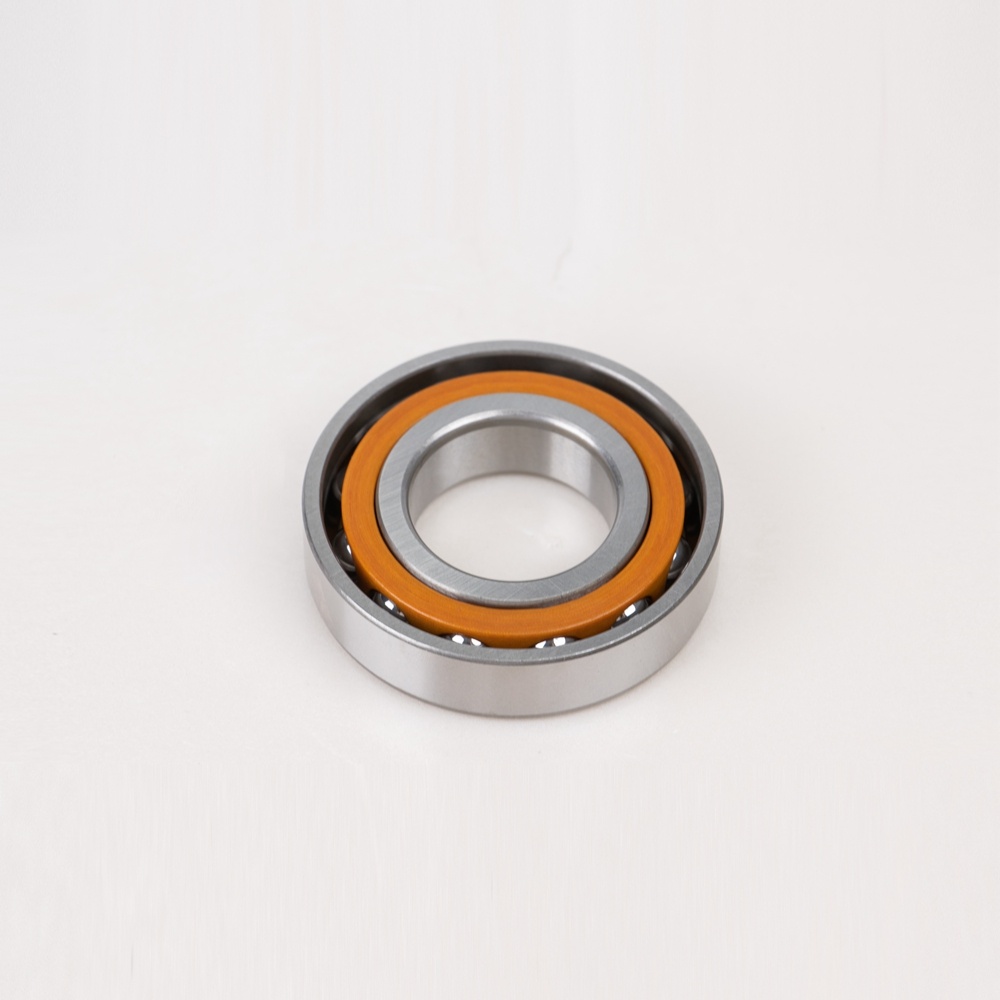
Deep Groove Ball Bearings
Structurally speaking, each ring of the deep groove ball bearing has a continuous groove raceway whose cross section is about 1/3 of the equatorial circumference of the ball. Deep groove ball bearings are mainly used to bear radial loads, and can also bear certain axial loads.
When the radial clearance of the bearing increases, it has the properties of an angular contact ball bearing and can bear alternating axial loads in two directions. Compared with other types of bearings with the same size, this type of bearing has a small friction coefficient, high limit speed, and high precision. It is the preferred bearing type for users when selecting models.
Application fields: automobiles, tractors, machine tools, motors, water pumps, agricultural machinery, textile machinery, etc.
Thrust Ball Bearing
It consists of a washer-shaped raceway ring with a raceway, a ball and a cage assembly. The raceway ring matched with the shaft is called the shaft ring, and the raceway ring matched with the housing is called the seat ring. Two-way bearings match the secret shaft of the middle ring, one-way bearings can bear one-way axial loads, and two-way bearings can bear two-way axial loads (neither of them can bear radial loads).
Application fields: automobile steering pin, machine tool spindle.
Cylindrical Roller Bearings
The rollers of cylindrical roller bearings are usually guided by two ribs of a bearing ring. The cage roller and the index ring form an assembly that can be separated from the other bearing ring and are separable bearings.
This type of bearing is easy to install and disassemble, especially when the inner and outer rings, the shaft and the housing are all required to have an interference fit. This type of bearing is usually only used to bear radial loads, and only single-row bearings with ribs on both inner and outer rings can bear small steady axial loads or large intermittent axial loads.
Application fields: large motors, machine tool spindles, axle boxes, diesel engine crankshafts, automobiles, gearboxes, etc.
Point Contact Ball Bearings
It can carry radial load and bidirectional axial load, and a single bearing can replace angular contact ball bearings with front or back combination. It is more suitable for carrying pure axial load or synthetic load with relatively large axial load component. When this type of bearing carries axial load in any direction, one of the contact angles can be generated, so the ring and the ball are always in contact with two sides and three points on any contact line.
Applications: Aircraft jet engines, gas turbines.
Pillow Blocks
The outer spherical ball pillow block bearing is composed of an outer spherical ball bearing with seals on both sides and a cast (or stamped steel) bearing seat. The internal structure of the insert spherical ball bearing is the same as that of the deep groove ball bearing, but the inner ring of this type of bearing is wider than the outer ring.
Application fields: mining, metallurgy, agriculture, chemical industry, textile, printing and dyeing, conveying machinery, etc.
We are Guangzhou Kailing Bearing Co., Ltd. We have 30 years of sales experience and 20 years of production experience. We source the bearings and provide all services for you in China. If you are interested in our products, please feel free to contact us.
Related Products
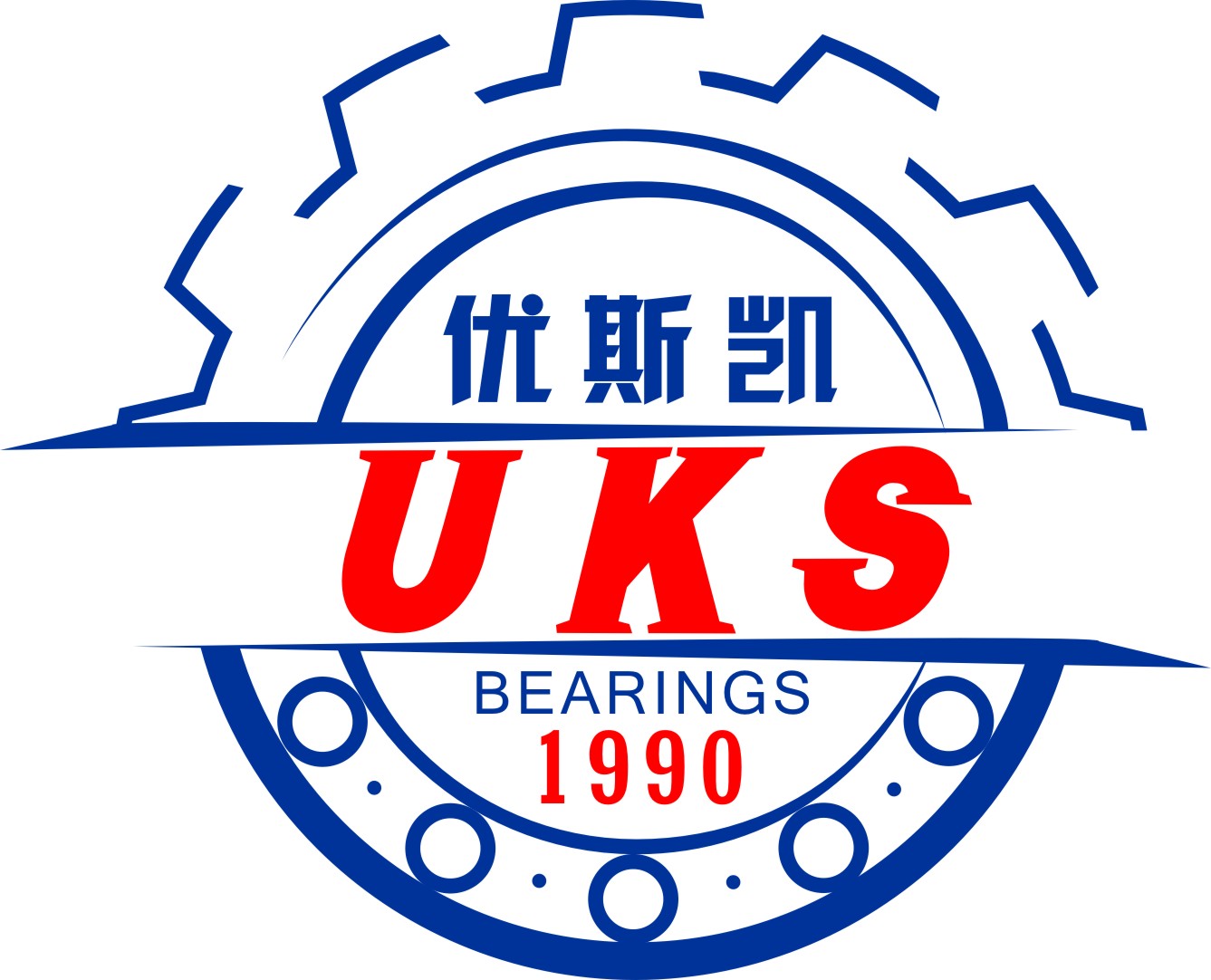
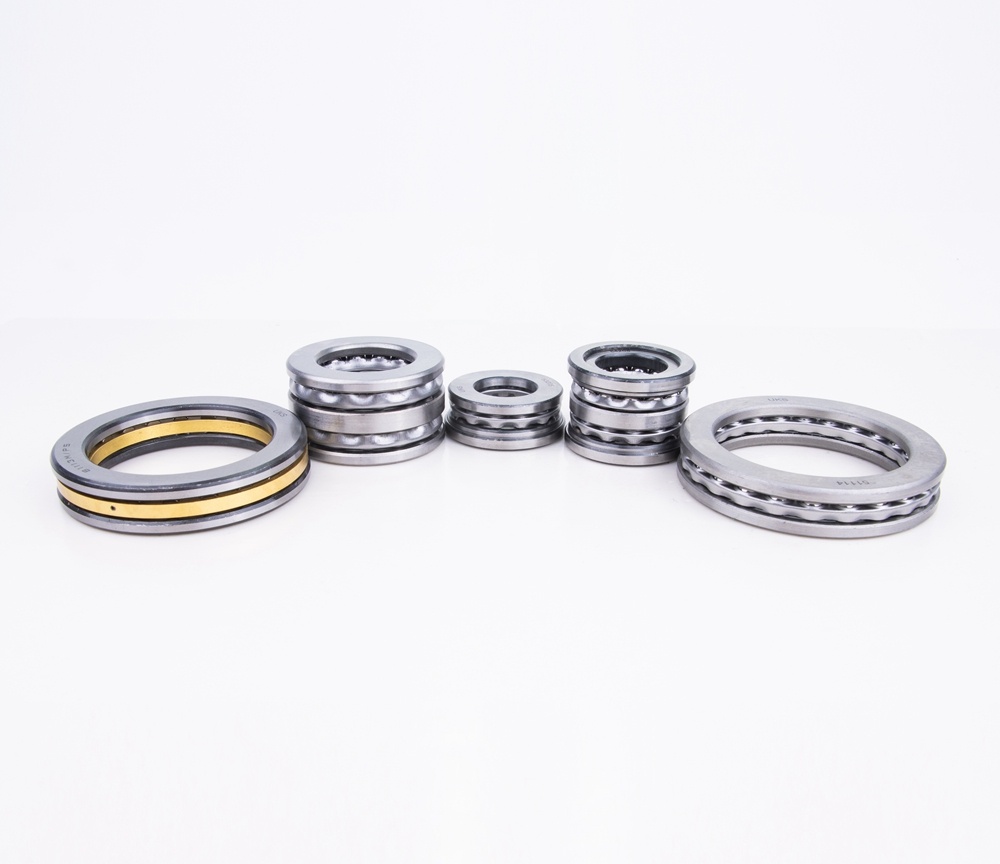
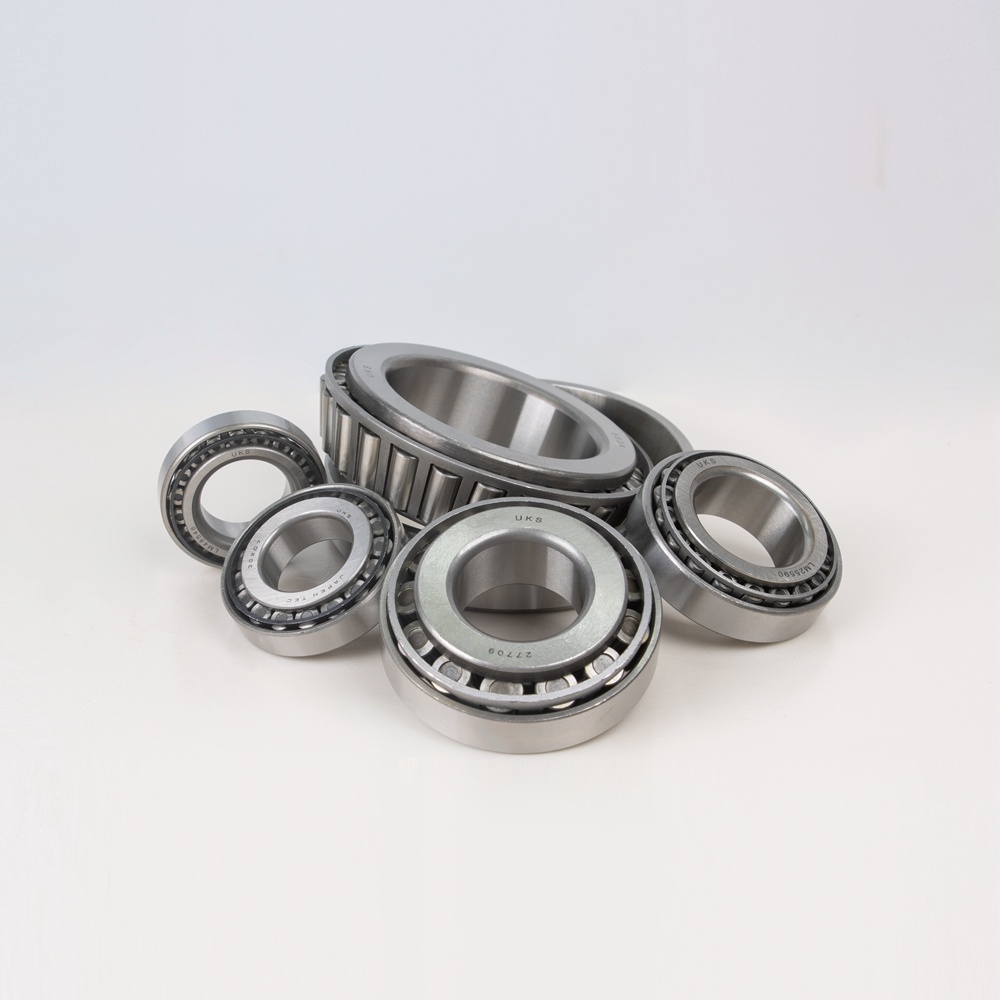
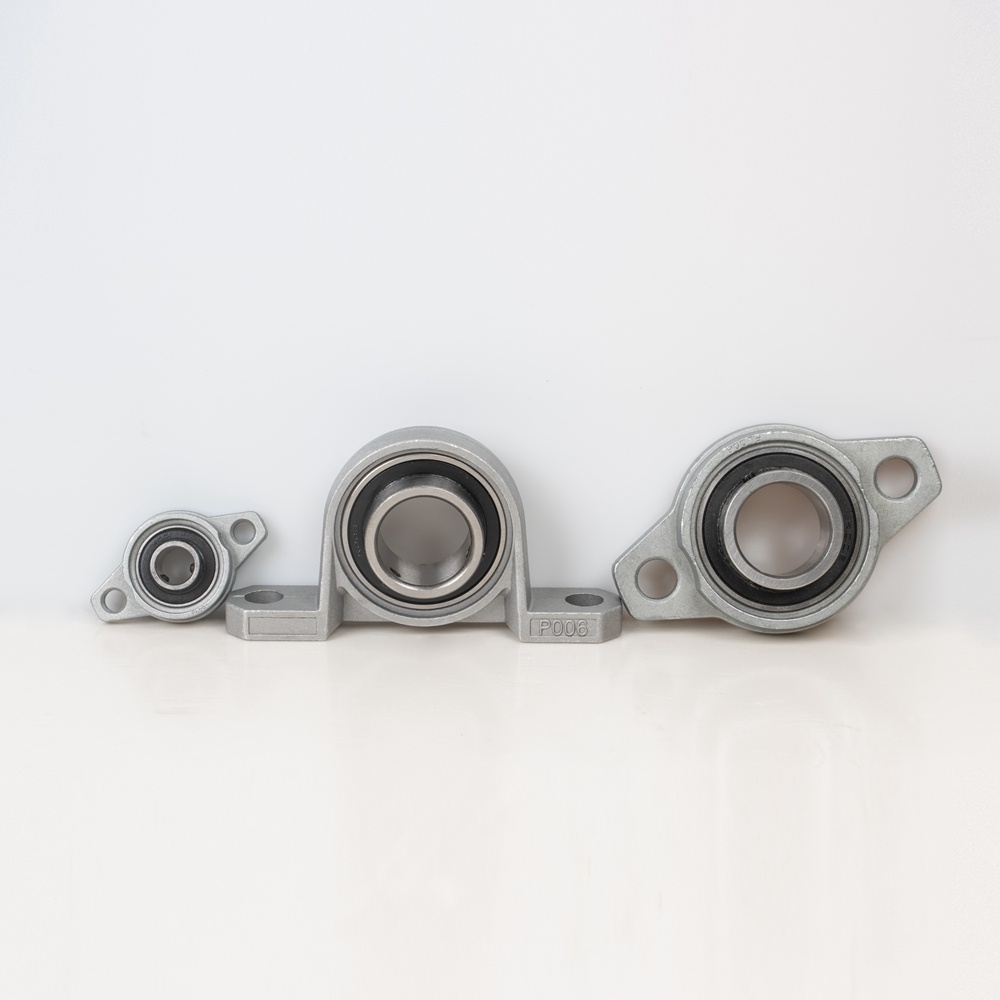
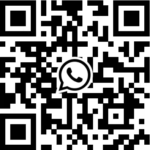
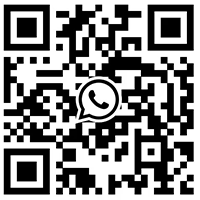 Fanny Huang
Fanny Huang Colin
Colin